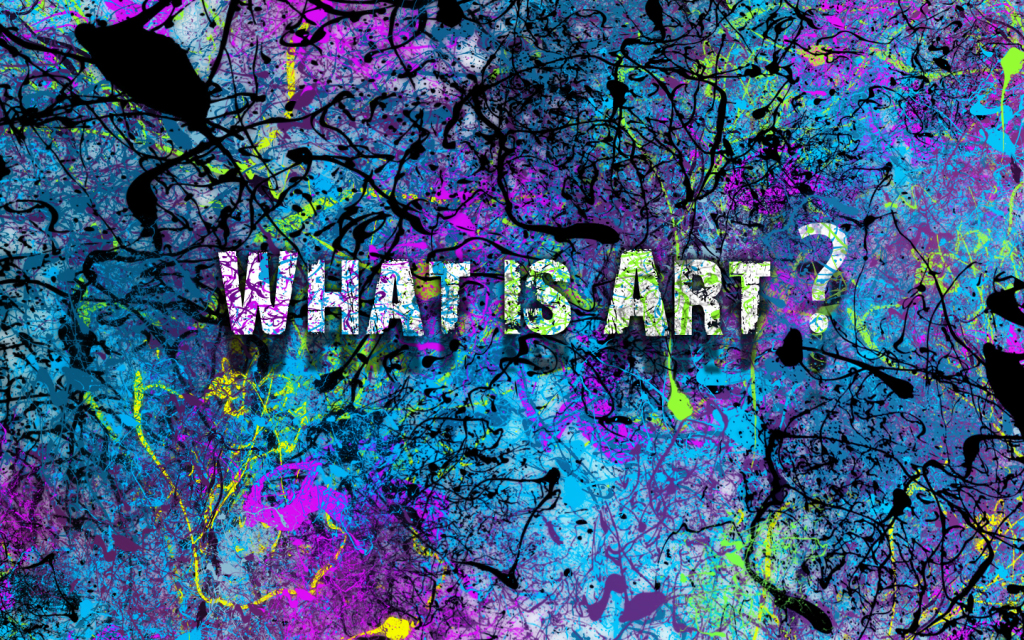Art critic Eric Gibson pronounces: “Objectivity is a cardinal rule in the discipline of art history. Mr. [Paul] Johnson’s book, by contrast, abounds in strong opinions.” (“Bold Strokes, Strong Opinions,” WSJ)
But literary critic Tracy Kidder sneers: “As every graduate student knows, only a fool would try to think or bear witness to events objectively anymore, and only an intellectual crook would claim to have done so … Writers [should] make themselves their main subject matter, since one’s own self is the only subject one can really know.” (“Introduction” to Best American Essays 1994)
Yet despite everything’s being subjective, artist Suzi Gablik knows that female subjectivity is better than male subjectivity: “The calculating, dominating male intelligence is opposed to the visionary, empathetic female principle, bound to the core of the universe.” (The Reenchantment of Art)
However, director Oliver Stone isn’t sure — about anything: “I’ve come to have severe doubts about Columbus, Washington, the Civil War being fought for slavery, the Indian Wars, World War I, World War II, the supposed fight against Nazism and/or Japanese control of resources in Southeast Asia. I’ve doubted everything. I don’t even know if I was born and who my parents were. It may be virtual reality.”
Yet dancer Isadora Duncan hopes all that weird subjectivity might be more than seems: “How do we know that what seems to us insanity was not a vision of transcendental truth?”
Art theorist Harold Rosenberg denies any transcendent or objective criterion for art — artists simply declare themselves to be artists: “The vision of transcending the arts in a festival of forms and sensations rests upon one crucial question: ‘What makes an artist?’ This issue is never raised in the post-art world, where it is assumed that the artist is a primal force, a kind of first cause—and that he therefore exists by self-declaration.” (The De-Definition of Art)
And artist Andy Warhol channels Rosenberg when asked why The Chelsea Girls is art: “Well, first of all, it was made by an artist, and, second, that would come out as art.”
Artist Richard Prince cleverly reverses the process, first declaring and later un-declaring something as art: “It was a way of deciding what was right and wrong. And what’s right is art, and what’s wrong is not art. I decided the Trumps are not art.”
Art adviser Joshua Holdemen disagrees, inserting pesky facts into the process: “If an artist says a work isn’t by him, but it’s clear that he made it and presented it as his work, well it kind of is what it is.”
Philosopher of art Ruth Saw also disagrees, but because not just any individual but an appropriate group must decide what art is: “The ultimate test of what is to be regarded as a work of art must be commonsense agreement with the sort of things which critics and aestheticians have taken to be worthy of attention.” (“What Is a Work of Art?” Philosophy 36:136)
And political performance artist Milo Yiannopoulos exults: “We live in a post-fact era. It’s wonderful.”
Art is complicated, yes, but do we ever have a lot of epistemological work to do.
